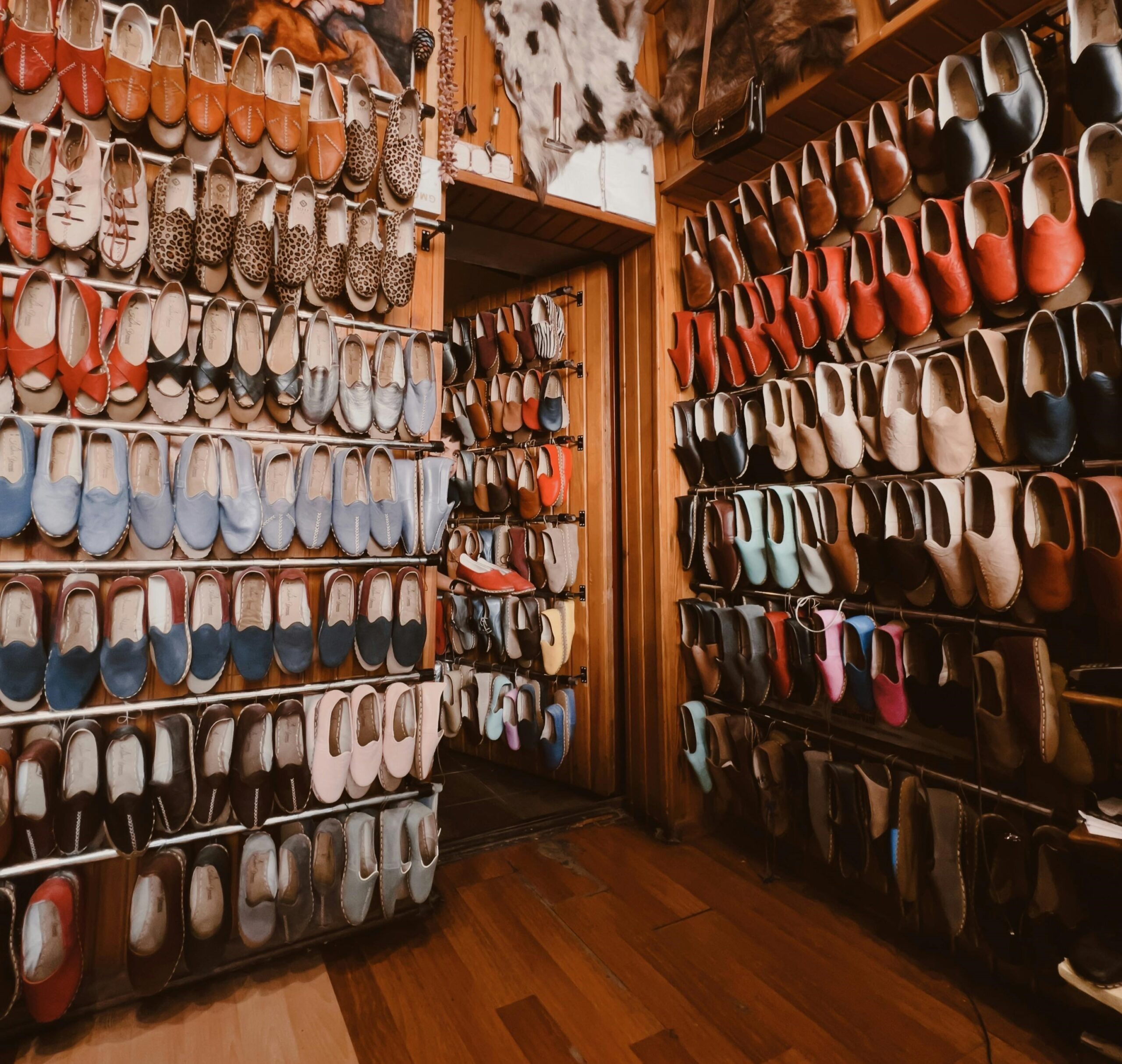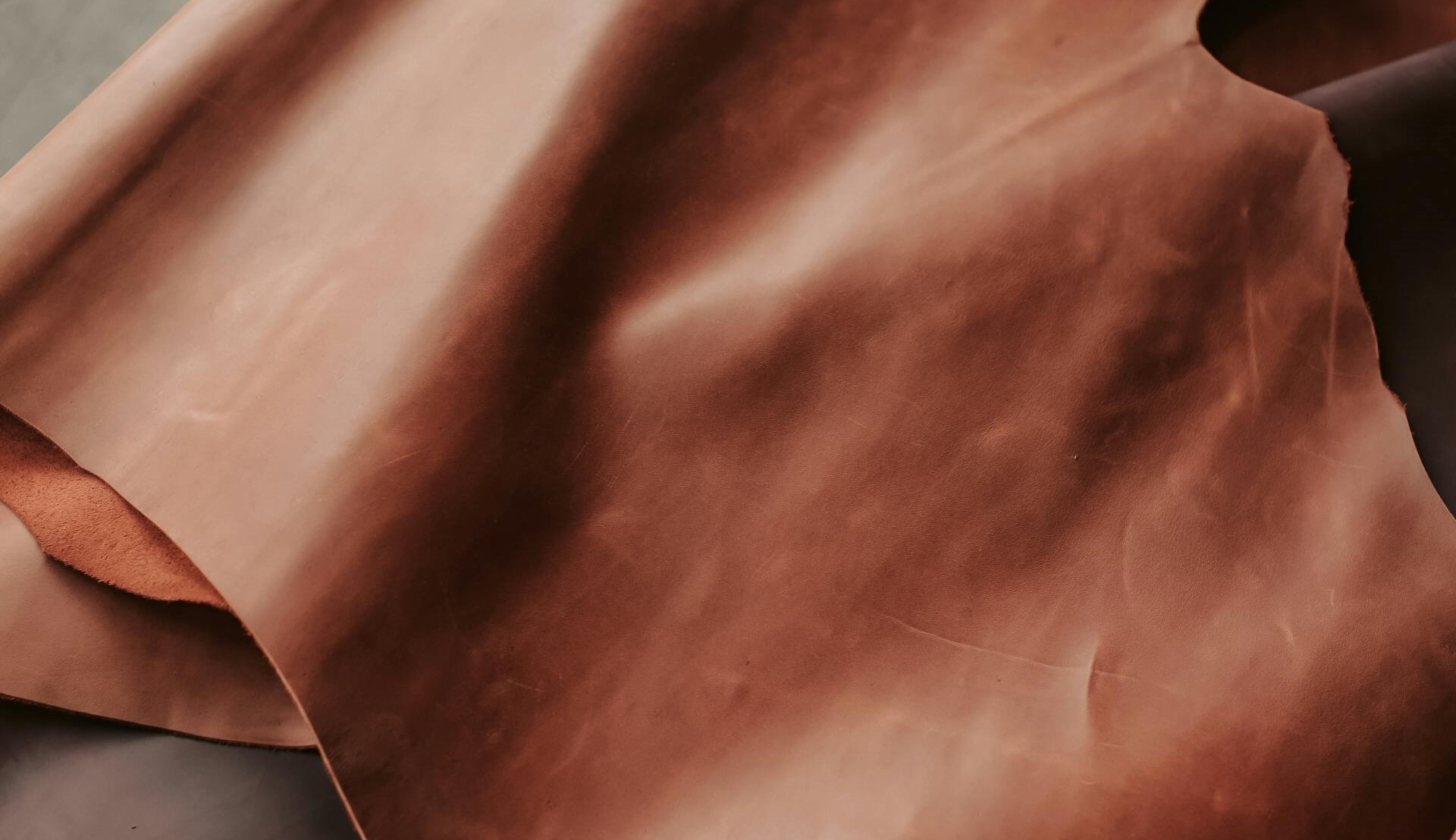
Blog
The Cultural Significance of Camel Leather in Traditional Craftsmanship

Camel leather has been more than just a practical material for centuries; it carries deep cultural significance in many regions of the world, particularly in the Middle East, North Africa, and parts of Asia. Its use in traditional craftsmanship reflects a rich heritage, where every piece of leather tells a story of the land, the people, and the time-honored techniques passed down through generations. In this article, we’ll explore the cultural importance of camel leather, how it’s been used in traditional crafts, and its enduring legacy in modern times.
1. A Material Rooted in Tradition
Camel leather has long been a staple in the regions where camels are integral to daily life. From the deserts of Arabia to the vast steppes of Central Asia, the camel has been a source of sustenance, transportation, and materials for centuries. Leather derived from camels was not only practical but also symbolic, representing the resilience and adaptability of the communities that relied on it.
Symbol of Resilience In harsh desert climates, where resources are scarce, camel leather’s durability was essential. It was used to create items that could withstand extreme conditions, from the scorching sun to the frigid desert nights. This resilience made camel leather a symbol of strength and endurance, qualities highly valued in the cultures that used it.
Cultural Symbolism Beyond its practicality, camel leather also carried symbolic meaning. In many cultures, the camel itself is a revered animal, representing wealth, status, and survival. Leather made from camels was often seen as a material that conferred prestige, particularly when used in finely crafted items such as saddles, bags, and ceremonial garments.

2. Traditional Uses of Camel Leather
Camel leather’s unique properties—its strength, flexibility, and distinctive texture—made it a versatile material in traditional craftsmanship. Artisans used it to create a wide range of products, many of which played crucial roles in daily life and cultural practices.
Saddlery and Equestrian Gear One of the most significant traditional uses of camel leather was in saddlery. The leather’s toughness made it ideal for crafting saddles, bridles, and other equestrian gear. In regions where camels and horses were primary modes of transportation, these items were essential. The leather’s ability to withstand heavy use and harsh conditions ensured that saddles and other gear could last for years, if not generations.
Footwear and Clothing Camel leather was also commonly used to make durable footwear and clothing. In particular, leather sandals and boots were favored for their ability to protect feet from the rugged terrain and intense heat of the desert. Clothing made from camel leather, such as jackets and vests, offered warmth and protection while also being breathable, making it suitable for both hot days and cool nights.
Household Items and Artifacts Beyond clothing and gear, camel leather was used to create a variety of household items. Leather pouches, water carriers, and storage containers were common, as the leather’s natural water resistance made it ideal for holding liquids and preserving perishable goods. Additionally, camel leather was often used in the creation of decorative artifacts, including intricately tooled wall hangings, ceremonial objects, and even furniture.
3. The Craft of Leatherworking
Leatherworking with camel hides is a skill that has been honed over generations. In many cultures, the techniques used to tan and craft camel leather are passed down through families, with each generation adding its own refinements to the process.
Traditional Tanning Techniques The process of tanning camel leather has traditionally involved natural methods that use materials readily available in the environment. Tannins extracted from local plants, bark, and leaves were commonly used to treat the hides. These methods, though time-consuming, produced leather that was both durable and richly textured. The slow tanning process allowed for the natural beauty of the leather to emerge, with each piece possessing unique characteristics based on the local environment and the methods used.
Artisan Techniques Artisans specializing in camel leather often employed intricate techniques to decorate and enhance their products. Hand-tooling, embossing, and dyeing were commonly used to create patterns and designs that reflected local culture and artistic traditions. These techniques required a high level of skill, with each piece being crafted with meticulous attention to detail.
Cultural Preservation In many communities, the craft of working with camel leather is more than just a trade—it’s a way of preserving cultural heritage. Artisans take pride in their work, seeing it as a way to honor their ancestors and maintain a connection to their cultural roots. This respect for tradition is evident in the care and craftsmanship that goes into each piece, making camel leather goods not only practical but also culturally significant.
4. Modern Revival and Global Influence
While the use of camel leather has ancient roots, its appeal has not diminished in modern times. In fact, there has been a resurgence of interest in camel leather, both within the cultures that have traditionally used it and globally.
Contemporary Fashion Today, camel leather is sought after in the fashion industry for its unique qualities and aesthetic appeal. Designers appreciate the leather’s natural grain and rich color, which lend a distinctive look to luxury handbags, shoes, and accessories. This has led to a revival of traditional leatherworking techniques, with modern artisans blending old methods with contemporary design.
Sustainable and Ethical Fashion As consumers become more conscious of sustainability and ethical sourcing, camel leather has gained attention as a responsible choice. Many camel leather products are produced using eco-friendly methods that minimize environmental impact. Additionally, by supporting traditional artisans, the demand for camel leather helps sustain local economies and preserve cultural practices.
Cultural Exchange The global appeal of camel leather has also led to a cultural exchange, with traditional designs and techniques influencing contemporary fashion and design. This blending of cultures has resulted in innovative products that respect the heritage of camel leather while introducing it to new audiences.
Conclusion
Camel leather’s enduring appeal lies in its unique combination of practicality, cultural significance, and aesthetic beauty. From its traditional uses in saddlery and clothing to its modern applications in fashion and design, camel leather continues to be a material that embodies resilience, craftsmanship, and heritage. As interest in sustainable and ethically sourced materials grows, camel leather’s role in both preserving traditional crafts and influencing modern design is more important than ever. By appreciating the cultural significance and artistry behind camel leather, we not only celebrate a material with a rich history but also support the communities and traditions that keep this craft alive.

